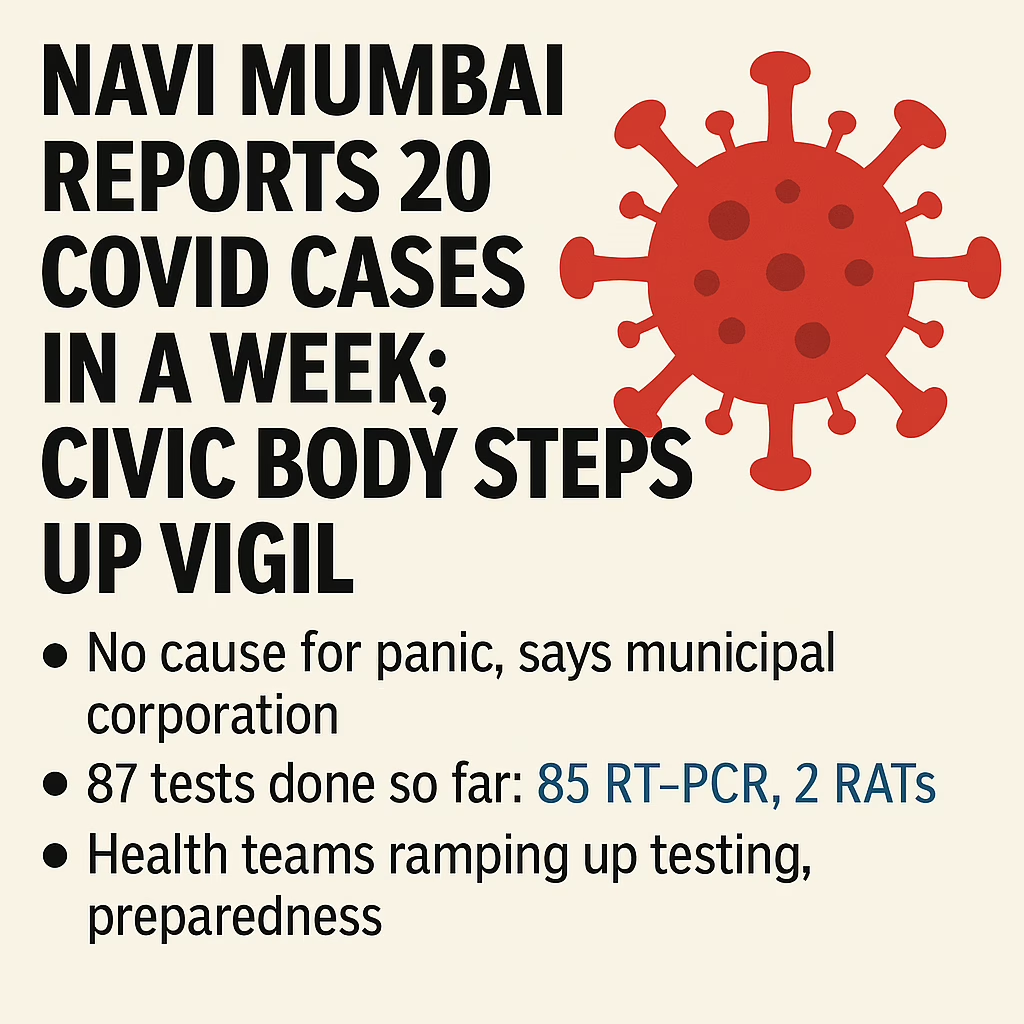Texas Woman Dies from Brain-Eating Amoeba After Using Tap Water for Nasal Rinse
A tragic incident in Texas has spotlighted the lethal threat posed by
Naegleria fowleri, commonly known as the brain-eating amoeba.
A previously healthy 71-year-old woman lost her life after using unboiled tap water
for nasal irrigation. The amoeba, which thrives in warm freshwater, penetrated
her nasal passages and migrated to her brain, causing a rapidly progressive infection.
How Naegleria fowleri Causes Infection
Naegleria fowleri is a free-living amoeba found in warm bodies of
freshwater, including lakes, hot springs, and poorly maintained tap or well water.
When contaminated water is forcefully introduced into the nose—often during nasal
irrigation or sinus cleansing—the amoeba travels along the olfactory nerve to the
brain, resulting in primary amoebic meningoencephalitis (PAM), a disease with a
nearly 97% fatality rate.
The CDC Report: RV Water Quality Under Scrutiny
According to the US Centers for Disease Control and Prevention (CDC report),
the woman had filled her nasal irrigation device with tap water from her recreational
vehicle (RV) at a campground. This water source lacked adequate disinfection, allowing
N. fowleri to proliferate. The CDC emphasized the critical need for RV owners
to maintain proper water treatment to prevent microbial contamination.
Key Findings from the CDC Investigation
- The amoeba was confirmed in both the RV’s onboard water system and the patient’s cerebrospinal fluid.
- The woman developed seizures four days after nasal irrigation, progressing to coma.
- Despite intensive care, she succumbed eight days after symptom onset.
Symptoms and Timeline of Infection
Infection typically begins 1–9 days after exposure. Early symptoms mimic bacterial
meningitis—severe headache, fever, nausea, and vomiting—followed by stiff neck,
confusion, and seizures. In this case, the patient’s condition deteriorated rapidly:
- Day 0: Nasal rinse with unboiled RV tap water.
- Day 4: Onset of headache and fever; medical attention sought.
- Day 5–6: Development of seizures; admitted to intensive care.
- Day 8: Confirmation of N. fowleri in cerebrospinal fluid; patient passed away.
Preventing Naegleria fowleri Infection
To minimize risk, always follow these water safety guidelines:
- Boil Water: Bring tap or well water to a rolling boil for ≥1 minute before nasal irrigation.
- Use Distilled or Sterile Water: Opt for commercially available sterile solutions for sinus rinsing.
- Maintain RV Water Systems: Shock-chlorinate tanks regularly and replace hoses annually.
- Avoid Warm Freshwater Nasal Exposure: Do not submerge your head in lakes or warm springs without a nose clip.
Regulatory Standards and Public Health
Municipal water systems are governed by the Environmental Protection Agency (EPA)
under the Safe Drinking Water Act. However, private wells and RV tanks fall outside
direct federal oversight, placing responsibility on users to ensure water quality.
The CDC report underscores the necessity for clear guidelines on RV water treatment
and public education about the dangers of improper nasal irrigation.
Conclusion
The fatal case of Naegleria fowleri infection in Texas is a sobering reminder
that even routine practices like nasal rinsing can carry life-threatening risks if
contaminated water is used. Always use boiled, distilled, or sterile water for
nasal irrigation, and ensure any private or on-board water systems are properly
disinfected. Vigilance and adherence to safety protocols are the first lines of
defense against this rare but deadly amoeba.
Share this content:











Post Comment